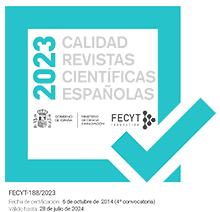Els llenguatges d'especialitat
Resum
Language is diverse and in a constant process of change so that its form is never uniform or identical. However, with the exception of the formal and learned aspects of literary languages, scholars have paid little attention to linguistic variation, despite its long history. Modern classification of language varieties sets out the following typology: 1) Dialectal varieties (linked to users) 2) Standard varieties 3) Functional varieties (linked to usage) Functional varieties include specialized languages which can be defined as language varieties used for formal and functional communication amongst specialists in a determined field. The main characteristics of these languages are formality, functional character, precision, selection, and the specific linguistic forms which they employ, and their preponderance to appear in written form. Specialized languages can be classified according to their degree of abstraction, the natural o artificial means by which they use vocabulary and syntax, the field, i. e. the speciality, and their users. These languages encompass professional languages, technics languages, scientific languages, and symbolic languages. Throughout history, the use of Catalan in the technology fïeld has progressively increased. Though, its main source of terminology has been Latin, Catalan has also borrowed from Arabic, Italian, and French and, of course, English. Medieval documents reveal rich and abundant examples of specialized terminology, particularly in the fields of law, medicine, astrology, arithmetic, and cuisine.



